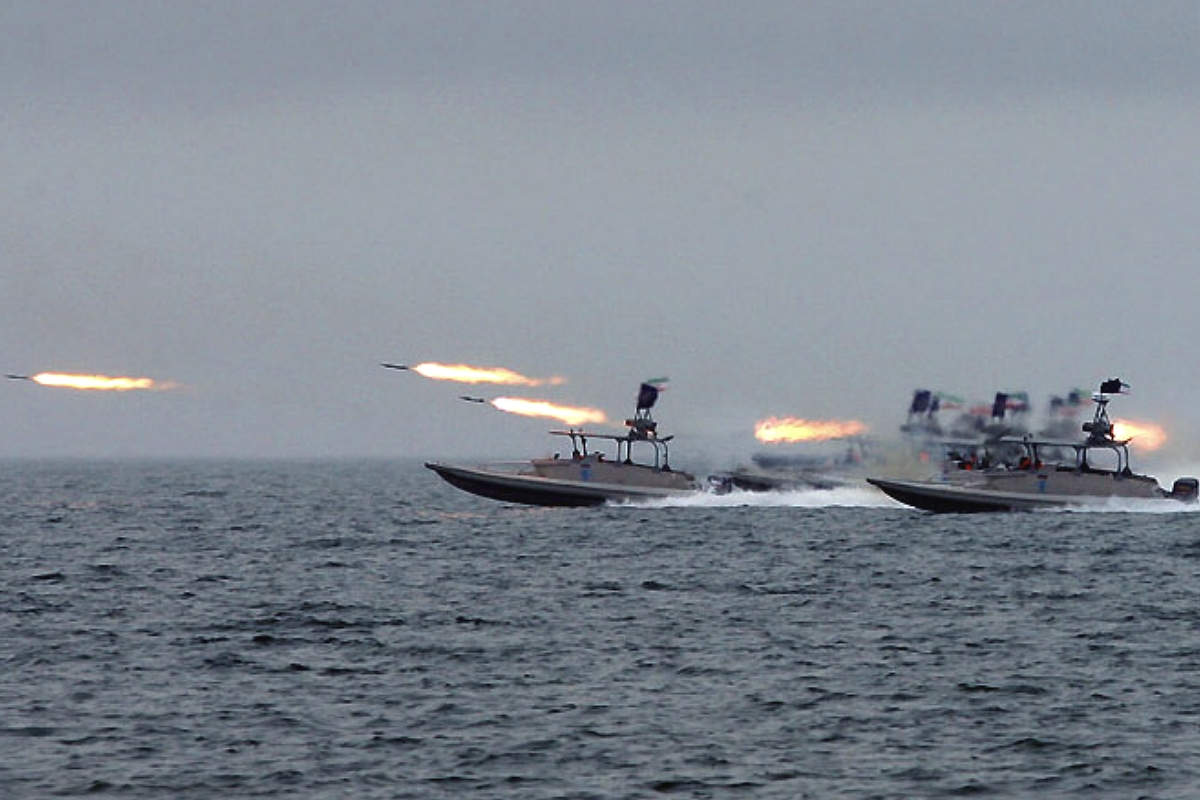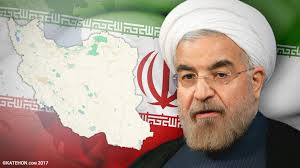Power, Risk, Leverage
In global affairs, Power–Risk–Leverage are a three-legged stool whereby nations (both friend and foe) evaluate whether and how they should relate to and work with each other.
Countries do not have friends; they have alliances which are driven by changing relationships amongst Power–Risk–Leverage.
Power–Risk–Leverage
Consider the relationship between the United States and Iran as an example.
During the Obama administration:
1. The nation of Iran believed it had little risk of the United States taking any kind of military action against it. They mocked the US and chanted, “Death to America!”
They seized US Navy vessels in the Strait of Hormuz. They supported terrorists who targeted Americans. They impudently conducted their terror affairs in the open. They maimed and killed US soldiers with their EFPs (explosively formed penetrators), shaped charges that cast molten copper to destroy vehicles and to maim soldiers’ limbs.
EFPs are the size of a coffee can and can fire copper slugs at the speed of Mach 6 — 2000 meters per second — which can penetrate armor and cut soldiers’s arms, hands, legs, feet off. The Iranians made them for deployment inside Iraq. More than 600 Americans were killed by EFPs and more than 1200 were wounded.
2. Iran believed they had considerable leverage because they had been on the verge of nuclear breakout with a nuclear weapon and the world valued that capability as an enormous risk, thereby attaching considerable value to forestalling it.
3. Iran had control of the Straits of Hormuz, and,
4. Iran had closed the Iranian Crescent (the land bridge from Iran through Iraq, through Syria, to Lebanon and the West Bank thereby exerting leverage over Iraq, Syria, Lebanon, and Israel).
The world fanned the Iranian self-assessment by entering into the infamous Iran Nuclear Deal also known as the Joint Comprehensive Plan of Action. We, the US, led the world in allowing Iran to think they punched way above their weight class.






